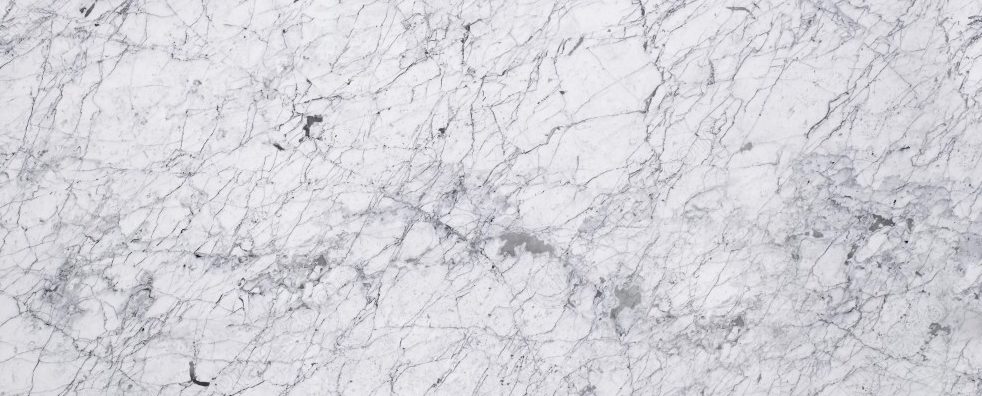The simplest poems can be amongst the most profound.
On the Steps of the Jefferson Memorial
We invent our gods
the way the Greeks did,
in our own image—but magnified.
Athena, the very mother of wisdom,
squabbled with Poseidon
like any human sibling
until their furious tempers
made the sea writhe.
Zeus wore a crown
of lightning bolts one minute,
a cloak of feathers the next,
as driven by earthly lust
he prepared to swoop
down on Leda.
Despite their power,
frailty ran through them
like the darker veins
in the marble of these temples
we call monuments.
Looking at Jefferson now,
I think of the language
he left for us to live by.
I think of the slave
in the kitchen downstairs.
by Linda Pastan
So we place our heroes on pedestals and then discover that, like the Greek gods on Mount Olympus, they are not perfect. Like marble with its veined colorations, people are not purely one thing. They are shot through with human weakness large and small, full of contradictions and moral failings.
Prominent on the interior frieze below the dome of the Jefferson memorial are his words from an 1800 letter defending the constitutional refusal to recognize a state religion.
I have sworn upon the altar of God eternal hostility against every form of tyranny over the mind of man.
The context makes it clear that the kind of tyranny Jefferson feared most was religious tyranny. Absent from this statement is any indication that he objected to the ultimate tyranny – that of slavery. He noted that slavery diminished both master and slave but he was unable to call for equality. That was best left, he said, to God.
For the eradication of slavery we must await with patience the workings of an overruling Providence..
So Jefferson – the great liberator, egalitarian and crafter of the Declaration of Independence – had a morally blind definition of man. His wealth, power and prestige were – literally – built on the backs of others.
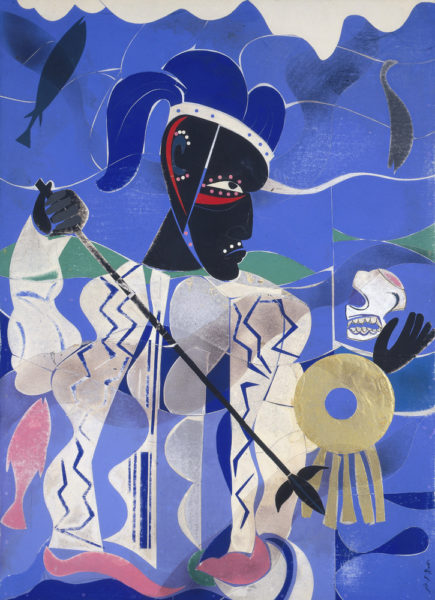
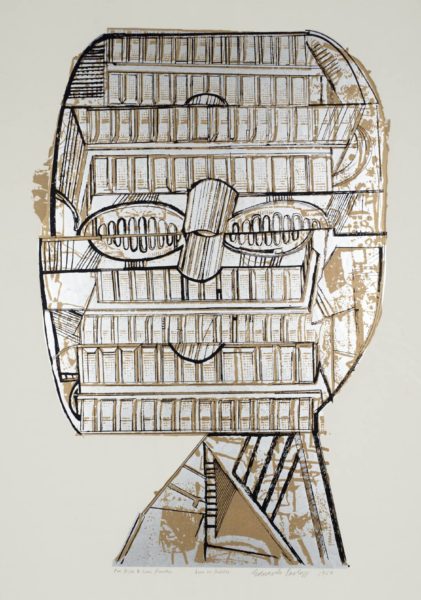
Hero as Riddle, 1963
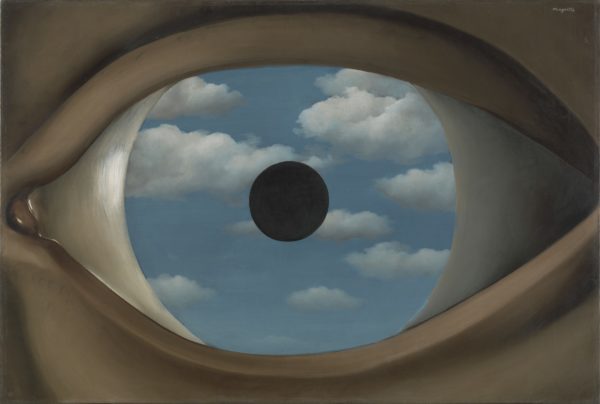
The False Mirror
1928
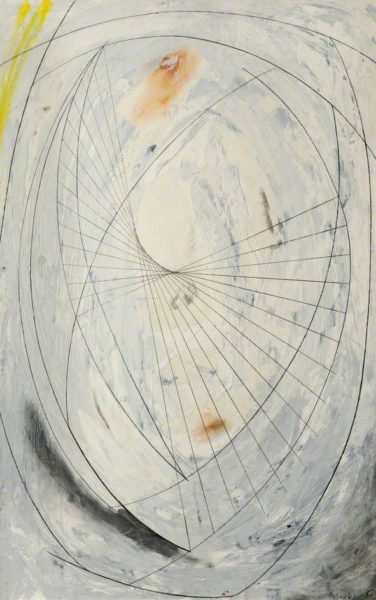
Barbara Hepworth (1903–1975)
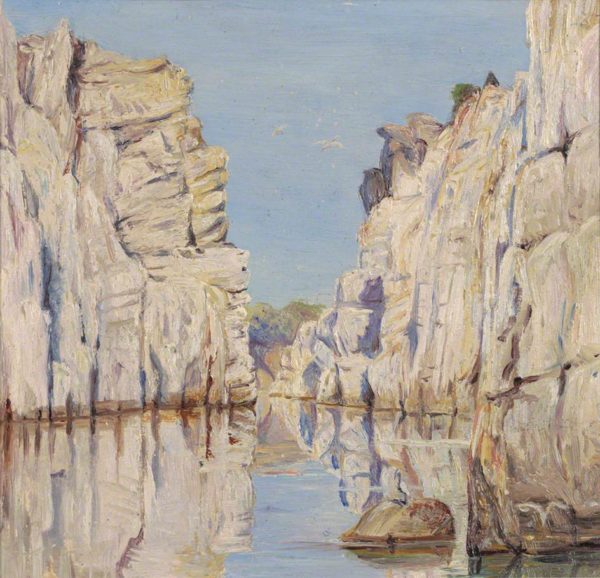
Marianne North (1830–1890)
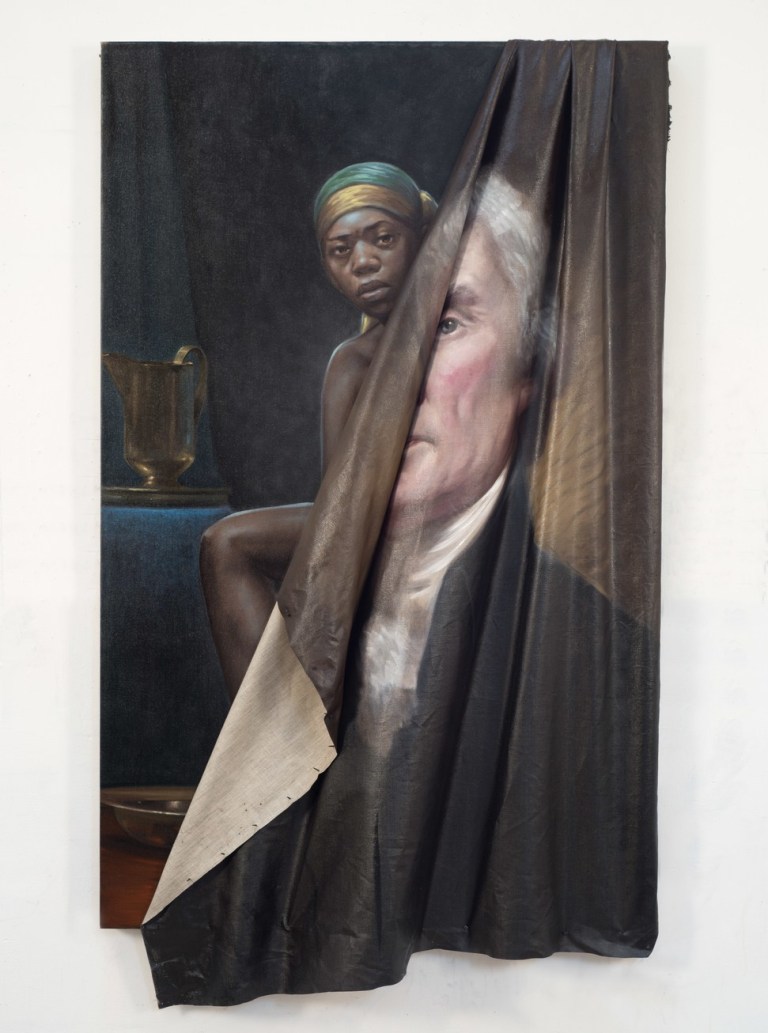
Titled “Beyond the Myth of Benevolence” (2014), the painting by Titus Kaphar was inspired by a Rembrandt Peale portrait of Jefferson made in 1800.
